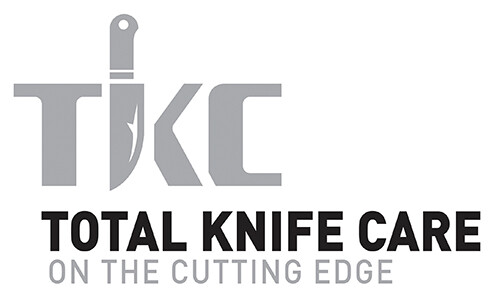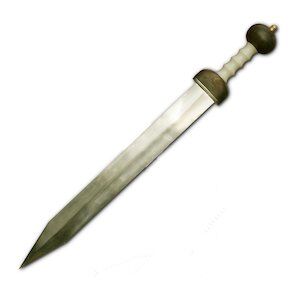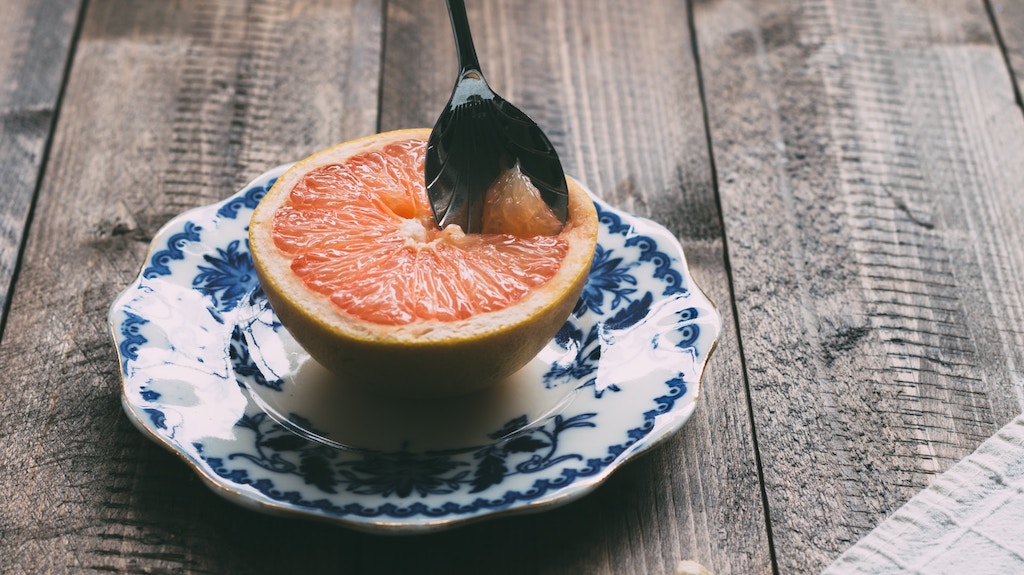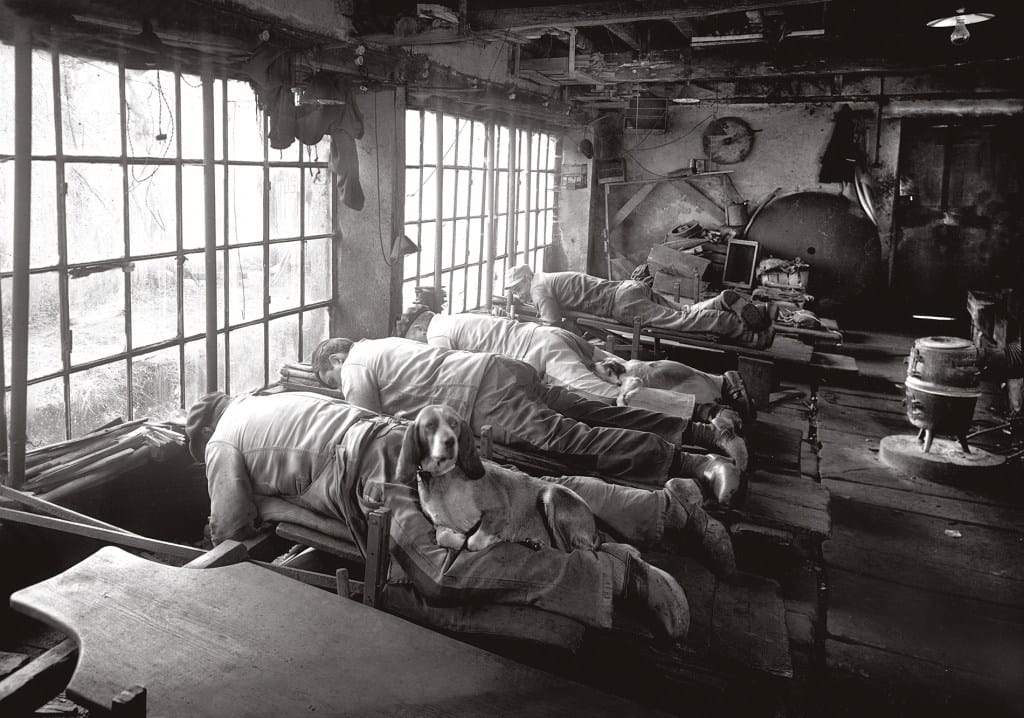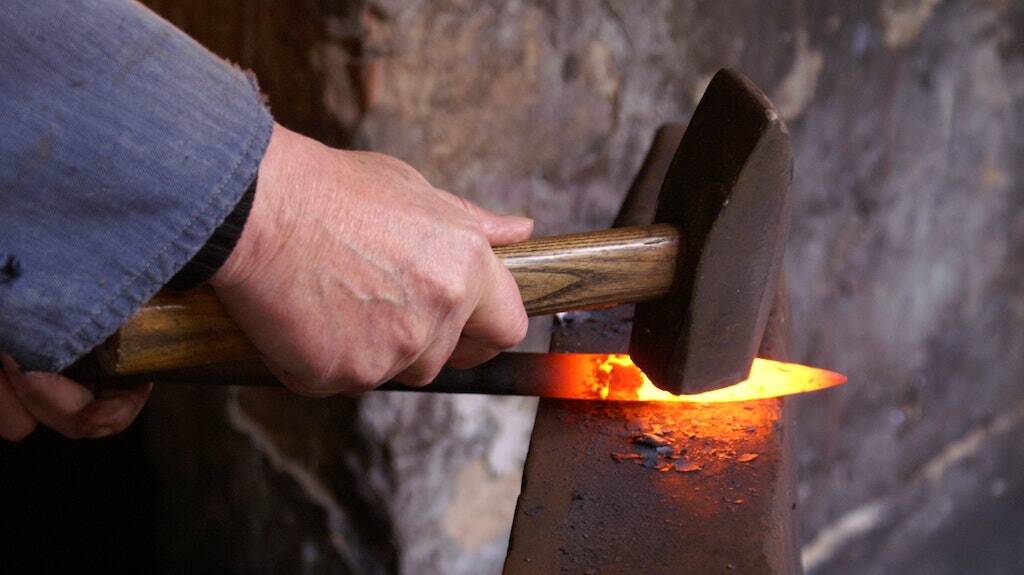History of the kitchen knife
The humble kitchen knife has quite an interesting history. It was arguably the first piece of cutlery invented (or even if it wasn’t, that’s certainly the impression you get if you go along to one of those medieval style banquets where you get a plate and a knife and that’s about it, and the food of course).
The development of the kitchen knife is in fact closely related to that of swords and weapons, and you can read more about this in our previous articles about Samurai swords and obsidian.
Knives and spears were used primarily to hunt and kill animals for food, but were not suitable for carving them up or eating them, so smaller knives, the precursors of today’s kitchen knife, were fashioned and used.
In Scotland every warrior would carry a ‘dirk’ in his sock, supposedly for close quarter combat, but in practice more used for cutting and eating food. Samurai warriors in the Shinto period also carried a small knife, called a ‘kozuka’, which they kept in their sword scabbard and again used mainly for cutting up food, not for fighting. As you’d expect, these little Samurai knives were highly ornate.
The discovery of steel led to a huge improvement in swords over previous iron and bronze weapons, and kitchen knives were generally made in the same facilities, like Sheffield in the UK, Solingen in Germany and Seki in Japan. An inordinate number of ‘accidents’ with domestic knives led King Louis XIV of France to introduce a law banning sharp table knives – all table knives had to be blunt, and so the domestic/kitchen knife idustry was born in France*. A few hundred years later another law introduced in Japan proved to be a similar boost to their domestic/kitchen knife industry – it was made illegal to carry swords, so the swordmakers had to find something else to make.
Today, modern kitchen knives are generally derived from two ‘schools’ – the German-style knife, based on knife designs mainly from Solingen, and the Japanese-style knive, based on knives produced mainly in Seki. In 1731 a certain Peter Henkel started making knives, crafting a design style that would become timeless.
In a nutshell a German style knife is relatively heavy, not razor sharp since it’s made of quite soft steel, but solid enough to take a bit of wear and tear in a working kitchen. It’s designed principally for chopping. The Japanese knife on the other hand is light and very sharp, as it uses the same process employed to make Samurai swords (the same process used to make I.O. Shen knives). It’s designed primarily for ‘slicing’. Ironically maybe, the traditional Japanese kitchen knife actually derives much from the French kitchen knife tradition, since it was French cuisine that dictated much of how food was cooked around the world and so Japanese kitchen knife manufacturers responded to this trend.
Fast forward to today and German and Japanese brands still dominate the upper echelons of the kitchen knife world. Although most purchases are by professional chefs, there is a growing number of people who simply appreciate a good knife for cooking at home and splurge out on the top chef’s knives. The interesting thing is that the onward march of technology means that your money goes a lot further these days than it used to.
Unless you really want one of the top Japanese or German brands, more for the sake of having a Porsche or Ferrari of knives you can display, you can get really good kitchen knives at a lower pricepoint. Of course we’d suggest you check out our I.O. Shen range, made in the same way as the best Japanese knives, and with a great feel and contemporary look. But there again we’re biased!
* Although, since at that time many people drank ale and wine instead of fresh water (which was anything but), maybe there were a lot of real accidents!
Image credit: http://en.wikipedia.org/wiki/Gladius
